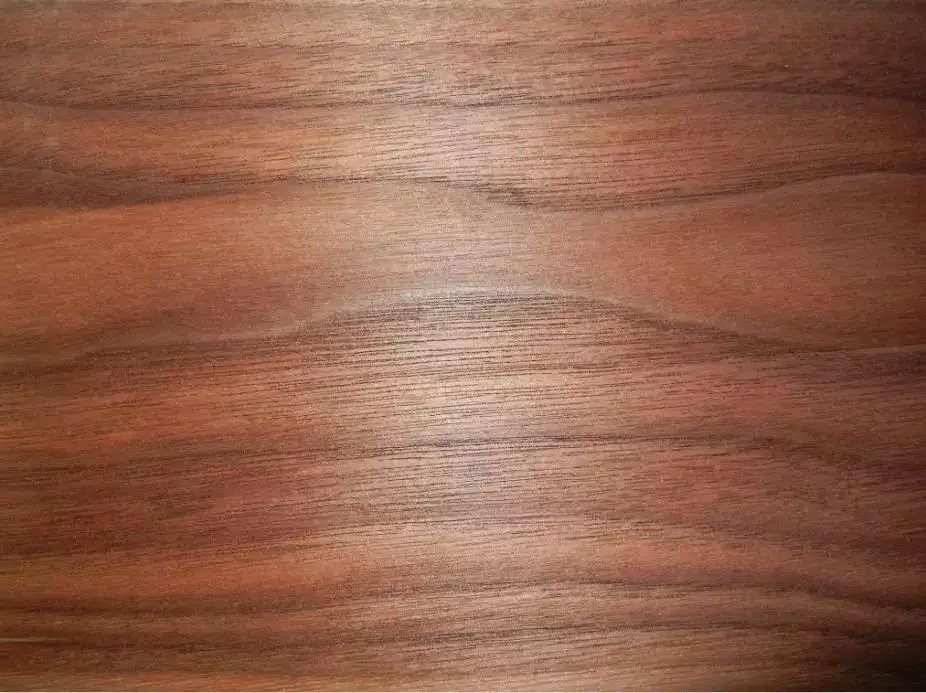Home Encyclopedia丨Common furniture wood rankings, you will understand after reading it
People prefer wood furniture. This natural biological material composed of plant cells is full of natural breath. Their color, pattern, growth rings, etc. are full of natural beauty and texture, which can awaken the plant culture complex dormant deep in our genes.
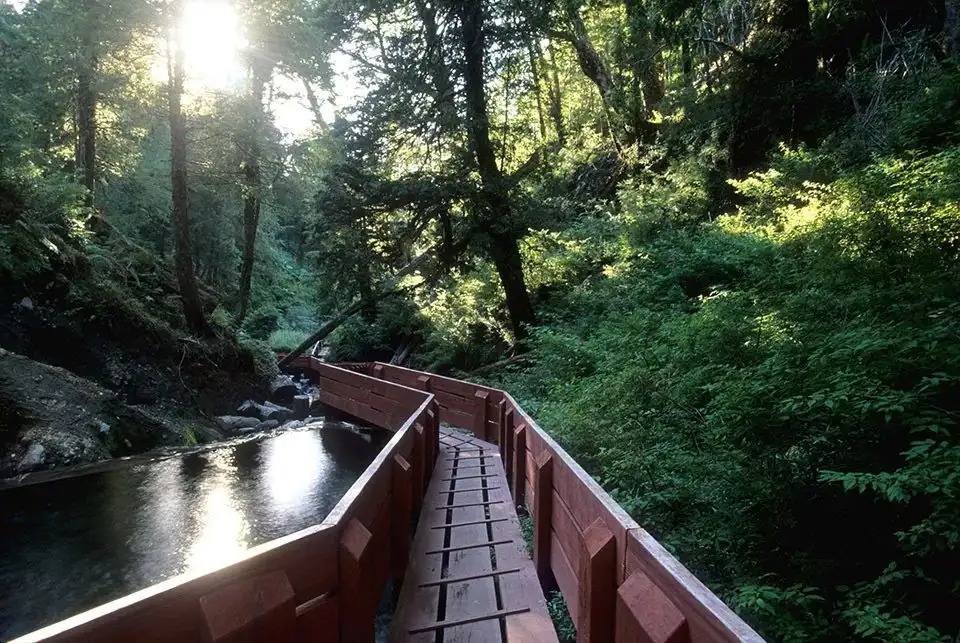
However, there are many types of wood on the market, and the uneven quality and output lead to a huge price difference - the price of pine and black walnut differs by nearly ten times. Therefore, wood is divided into different grades, and different woods are used to make different furniture parts.
◆ Low-grade wood: rubber wood, camphor wood, pine wood, fir wood;
◆ Mid-range wood: catalpa, beech, elm, maple, birch, oak, ash;
◆ Medium and high-grade wood: white oak, red oak, ash;
◆ High-grade wood: teak, black walnut, cherry, mahogany;
Generally speaking, high-grade wood is mostly imported wood, which is harder, has beautiful patterns and is not easy to deform, while medium and low-grade wood is mostly domestically grown species. However, the quality of wood will vary depending on its origin and cost price. For example, the quality of high-quality beech wood may be higher than that of some ash wood.

Pine
Pine wood has the characteristics of pine scent, light yellow color, and many boils and scars. It has the best appearance and cost-effectiveness. Many solid wood furniture and children's furniture are made of pine wood.
· Advantages: natural color, natural color, clear and beautiful texture; simple and generous shape, full and smooth lines, showing good texture; strong practicality and durability; strong elasticity and breathability, good thermal conductivity and simple maintenance.
Disadvantages: The wood is soft, prone to cracking and deformation, and easy to release oil.

Rubber Wood
It has a short production cycle, a wide range of sources, a uniform wood structure, and is relatively hard. However, because it is only one letter different from oak, it is often used by some manufacturers to impersonate oak.
Advantages: good toughness, not easy to crack, easy to maintain; smooth cut surface, easy to glue; uniform texture, beautiful texture, easy to carve and dye; good wear resistance, durable
Disadvantages: not easy to dry, easy to bend and deform, has odor, contains a lot of sugar, easy to change color, decay and be eaten by insects.

Manchurian ash
It is mainly produced in Northeast China, North China and other places. It has straight texture, beautiful patterns, high hardness, good elasticity and toughness, moisture and wear resistance, and is a high-grade material for industrial and civilian use.
Advantages: straight, tough, elastic; clear and beautiful texture, good luster, can imitate precious wood species; corrosion-resistant, moisture-resistant, slow aging.
Disadvantages: Large shrinkage and deformation, not suitable for solid wood, color difference, easy to warp and crack when drying.
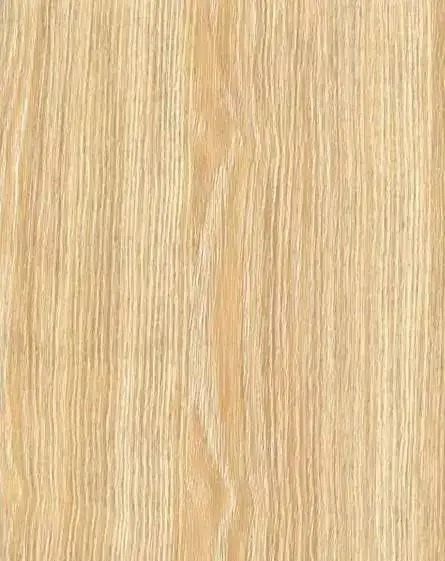
Elm
Elm has the advantages of clear texture, large tree and few scars. It is abundant in the north and has a very cost-effective price. Because of its beautiful patterns and elegant colors, it is suitable for high-end furniture, cabinets, lacquer crafts, etc.
Advantages: Tough, elastic, durable, suitable for carving; similar to the pattern of "chicken wing wood", beautiful texture; rough and clear wood grain, suitable for hot wax and wood wax oil coating, environmentally friendly.
Disadvantages: The heartwood and sapwood are clearly distinguished, there is color difference, and old elm and domestic elm are prone to insects.

Beech
Beech is abundant in the south, and together with beech, it is called "Southern beech and northern elm". Beech has clear texture, uniform wood texture, soft and smooth color, and has considerable artistic and historical value.
Advantages: The wood is heavy and harder than ordinary hardwood; the grain is straight, clear, the texture is uniform, the color is soft and shiny; it is easy to bend under steam and can be used as bentwood.
Disadvantages: color difference, prone to cracks and deformation when drying.
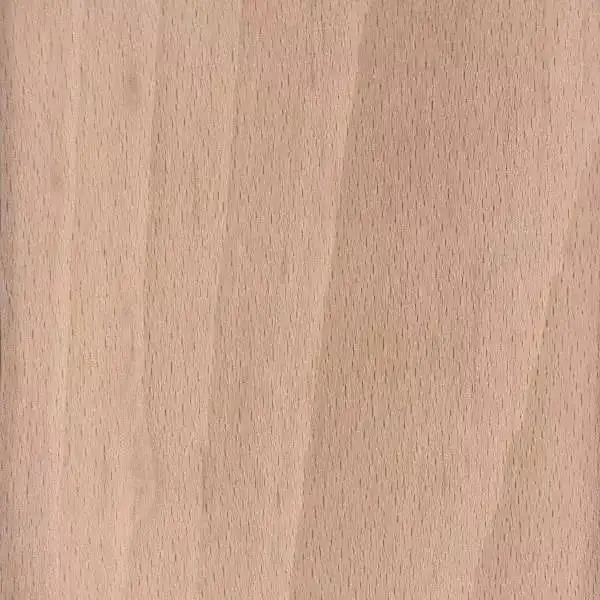
birch
Birch is a fine wood with many patterns at the roots and nodes. It grows fast and is often used for structures, parquetry and interior frames.
Advantages: easy to process, durable, smooth cut surface; good paint and gluing performance; straight and obvious texture, fine structure, soft and smooth.
Disadvantages: The fiber has poor shear resistance, is easy to break, is prone to cracking and warping when drying, and is not wear-resistant.
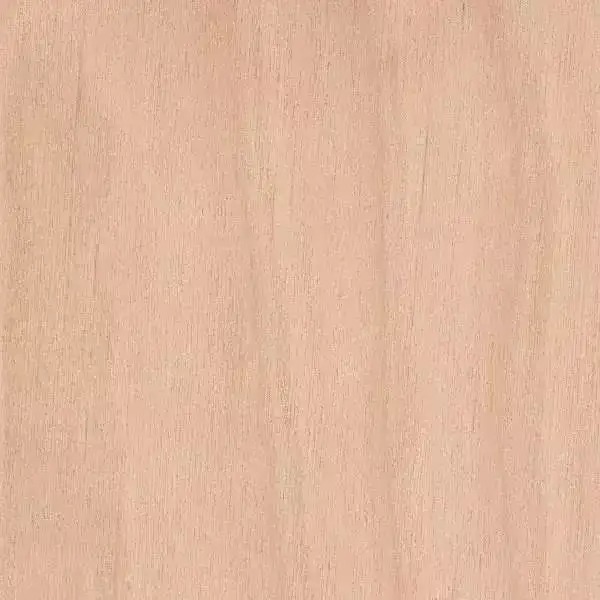
Paulownia
It grows fast, is widely distributed, and is used in daily necessities, especially as an auxiliary material for high-end furniture. In China, it is the main material for drawers, bed boards, and back boards.
Advantages: moisture-proof, wear-resistant; no bending, warping or deformation; beautiful texture and bright color; easy to carve and dye.
Disadvantages: Light and soft, no sense of heaviness.
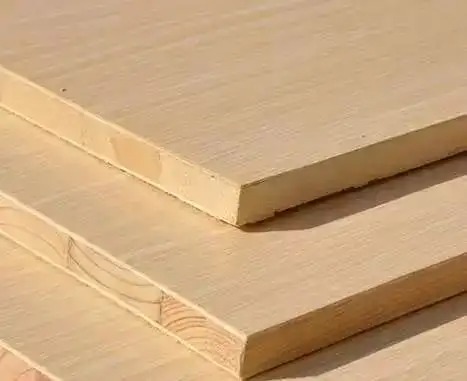
oak
Mainly produced in Europe and North America, it is divided into white oak and red oak, but red oak is not red and white oak is not white, so they cannot be distinguished by color. Red oak is more commonly used in furniture materials, and white oak is more expensive. Oak is similar in texture to oak, but due to its short diameter, it is not as ideal as oak; in addition, rubber wood is generally used instead of oak in the market.
Advantages: solid, good toughness, beautiful processing shape; distinct wood grain, good texture; not easy to absorb water, corrosion resistance.
Disadvantages: Difficult to process.
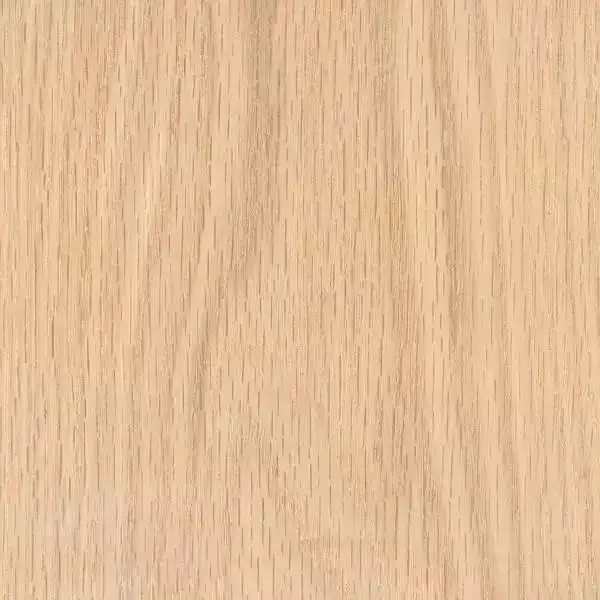
Black Walnut
It takes 50 years to grow into a mature material. It is one of the most valuable species. The furniture made from it has strong artistic expression and belongs to the nobility among furniture. Solid wood furniture has the function of maintaining value. Black walnut is usually used as veneer, and solid wood is rarely used.
Advantages: Low moisture content, suitable for production with high structure and strength requirements; elegant color, exquisite and charming wood grain, long-lasting paint and dyeing; not easy to absorb water, corrosion-resistant, and not easy to deform.
Disadvantages: expensive, poor toughness, average compression and bending resistance, requires careful protection.
